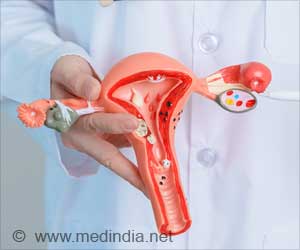The study included in-vitro fertilization patients from UCLA Medical Center, Cedars Sinai Medical Center and independent fertility specialists in the Los Angeles area. A total of 21 physicians employed Dr. Gergely's technique. Once introduced, the MIP Point was accepted over time as the optimal target for embryo placement by all of the physicians, and the 3D/4D-guided embryo transfer technique was adopted as the standard operating procedure for all embryo transfers.
"The old technique for placing embryos using 2D ultrasound alone was essentially a guessing game," said Dr. Gergely. "While 3D imaging allows doctors to visualize the entire uterine cavity and identify the MIP Point, it's only with the addition of 4D imaging that we can target and guide embryos to the optimal, most natural location for each patient."The MIP Point varies from patient to patient depending on the shape of the uterus. Using 3D/4D imaging to target the MIP Point enables doctors to more effectively individualize embryo transfer and improve the pregnancy rate.
With the new technique, Dr. Gergely uses 3D ultrasound to locate the patient's MIP Point. He then uses 4D ultrasound to help the specialist performing the embryo transfer guide the catheter tip in real time to the target location. Once the tip of the catheter is over the MIP Point, the embryo is released. When this occurs, a distinct flash on the 4D image indicates the moment the embryo is placed, as well as its precise location.
"Using 3D/4D-guided embryo transfer to target the MIP Point places embryos where nature intended, and where they have the best chance to implant and develop," added Dr. Gergely.
Dr. Gergely cautions that even with the new technique, there remains significant room to improve the IVF pregnancy rate, which can be affected by several factors including the quality of embryos and receptivity of the endmetrium.
Source-Eurekalert
SPH/V








